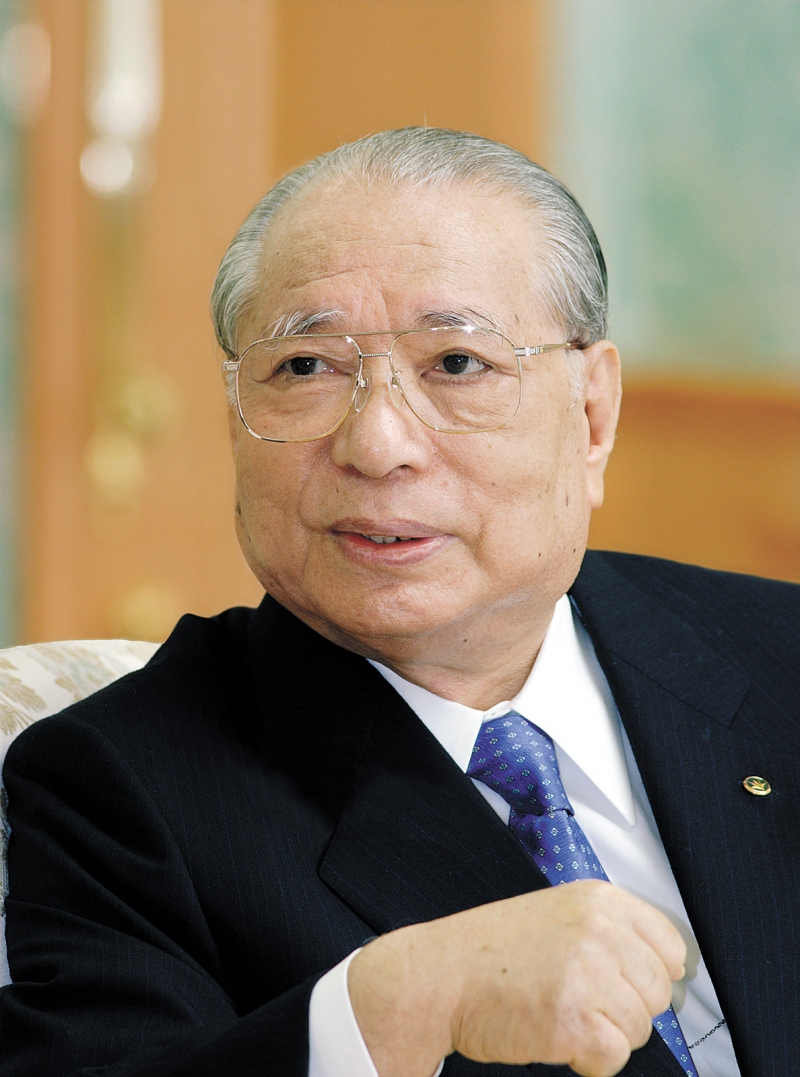
While the strong significance of and veneration for its current leader, Daisaku Ikeda (b. 1928), is obvious to anybody reading Soka Gakkai publications, the lay Buddhist movement does not intend to transfer this status to a successor, writes Ulrich Dehn (University of Hamburg, Germany) in an overview of the movement published in the journal Materialdienst der EZW (August). With more than 8 million families in Japan and 1.5 million more members in 192 other countries (including 300,000 in the U.S.), Soka Gakkai is not only the largest religious movement of Japan but a large movement by international standards as well. From 1951 to 1991, it used to be a lay movement associated with the much smaller, monk-led Nichiren Shoshu, but then a break took place, making Soka Gakkai fully independent. Following the break, pilgrimage to the Nichiren Shoshu center Taisekiji was no longer possible; in its place, members often visit important places associated with Ikeda’s life.
While Ikeda remains the president of Soka Gakkai International (SGI), Soka Gakkai itself has had other presidents since 1979 (currently Minoru Harada). The presidency is now meant to play an administrative role, and this structure is not planned to change once Ikeda passes from the scene. Ikeda and his two predecessors have been described since 2002 as Sandai Kaicho (i.e. three generations of presidents), thus leaving no place for a charismatic successor. But due to the crucial place attributed to Ikeda as a central figure, observers such as Dehn wonder how the future will look for Soka Gakkai when it will be deprived some day of its current charismatic leader.
(Materialdienst der EZW, Auguststrasse 80, 10117 Berlin, Germany – www.ezw-berlin.de)